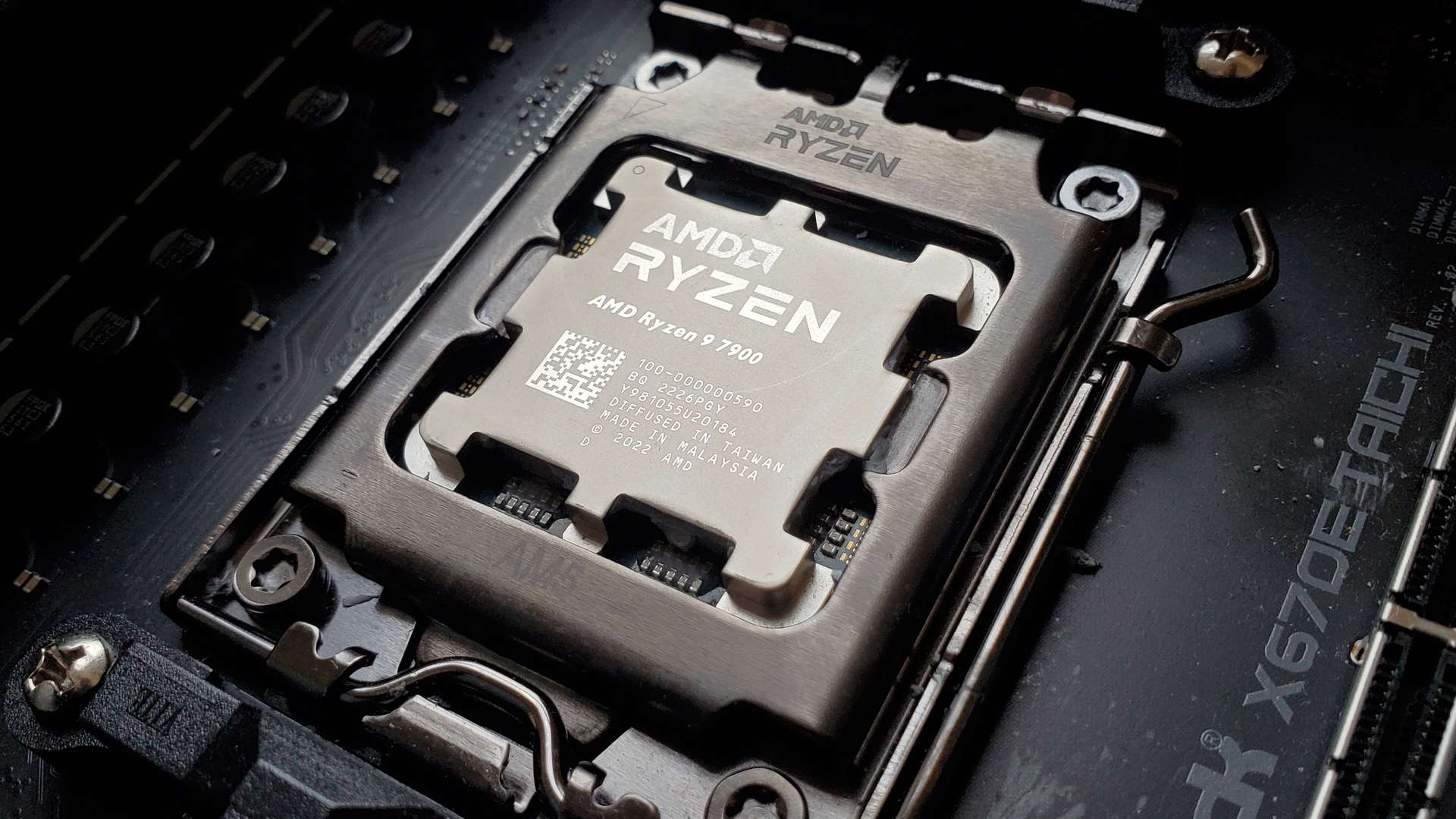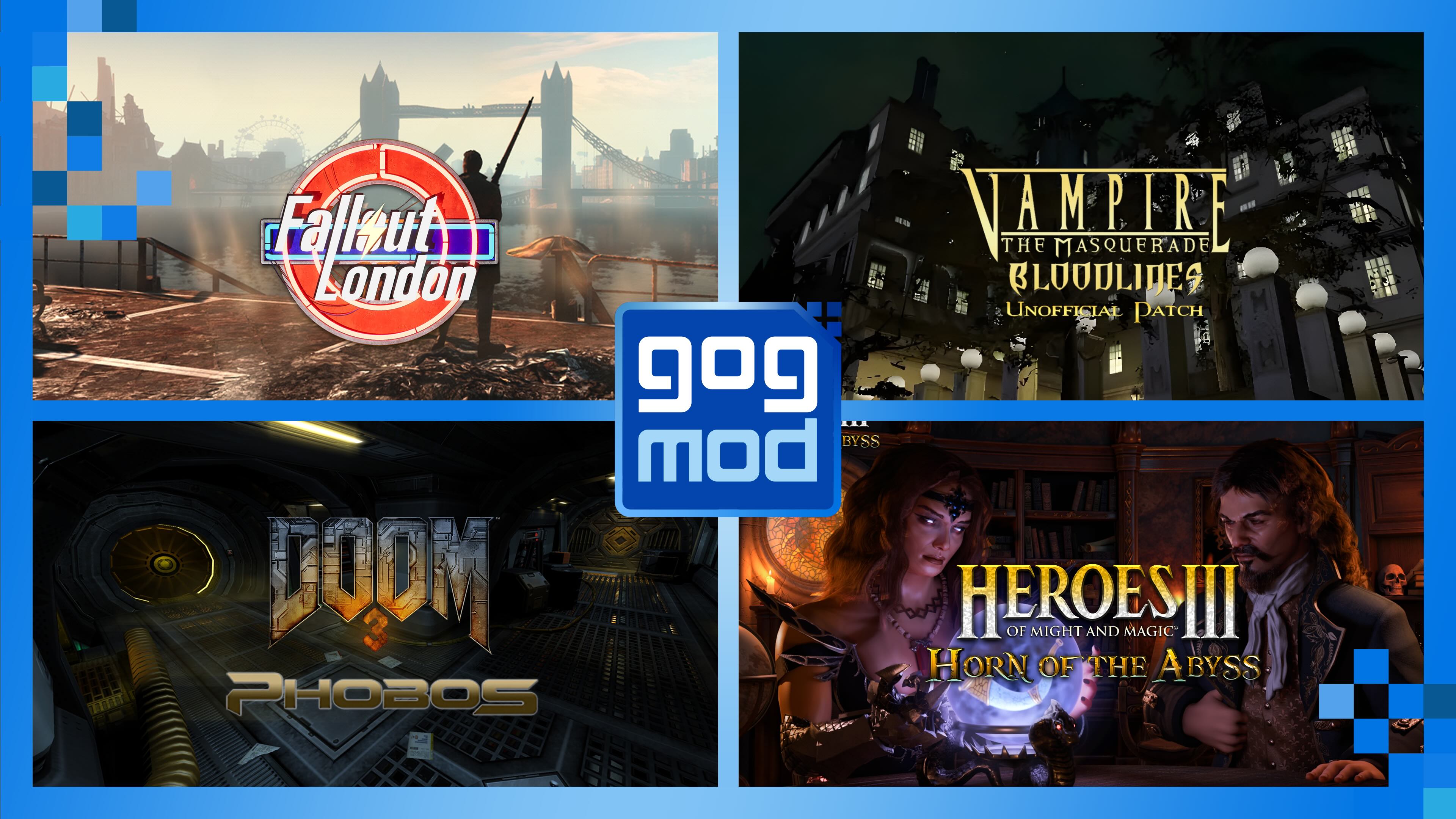
AMD's leaner, meaner 12-core CPU runs Intel very close.
Do you really need a CPU with more than eight cores for gaming? Probably not. But the new 12-core AMD Ryzen 9 7900 is awfully appealing all the same.
The big change versus the existing Ryzen 9 7900X 12-core model is price. Where the full-fat “X” chip is a $549 monster, the new 12-core-lite Ryzen 7 7900 non-X lists at just $456. And, as we’ll see, it’s not so “lite” after all.
But that price merits a little more discussion. The Ryzen 7 7700X weighs in at $399, while the other new non-X model, the Ryzen 7 7700 is up for $329. Compared to the 7700X, then, you’re paying very little for the extra cores.
Even next to the non-X 7700, you’re getting 50% more cores for 30% more cash. It’s not supposed to work this way, is it? Normally, the higher up a CPU or GPU range you go, the worse the value proposition. But not here. These new non-X Ryzen 7000-series chips are true value champs.
Price aside, there are a few other details to be aware of. In terms of features, the Ryzen 7 7900 very much mirrors the existing 7900X model. So that’s two 5nm CCDs, each containing six CPU cores, plus a 6nm I/O die with a fun-sized mini GPU that will keep you going in a pinch, but isn’t intended for any remotely serious 3D rendering work.
(Image credit: Future)
Cores: 12
Threads: 24
Socket: AMD AM5
CCD lithography: TSMC 5nm
CCD die size: 70mm² x2
CCD transistor count: 6.5 billion x2
IOD lithography: TSMC 6nm
IOD die size: 122mm²
IOD transistor count: 3.4 billion
Max boost clock: 5.4GHz
Base clock: 3.7GHz
L2 cache: 12MB
L3 cache: 64MB
Memory support: DDR5-5200 (non-OC)
TDP: 65W
Price: $456
Both models also have matching 12MB L2 and 64MB L3 cache memory pools. In other words, either way you’re getting the same silicon. It’s just the clockspeeds and thus power consumption have been tweaked for the new non-X chips.
Frequencies-wise, you’re looking at 3.7GHz base and 5.4GHz boost for the new non-X 7900, down from 4.7GHz base and 5.6GHz boost on the 7900X.
Just as with the Ryzen 7 7700 and 7700X comparison, that looks like a big drop in clock speed. But those base clock figures are just backstops, the absolute minimum you can expect. Without giving away too much too soon, rest assured the new non-X 7900 will do a lot more than 3.7GHz.
What it won’t do is draw anywhere near as much power as the 7900X. Where the X model has a hefty 170W TDP rating, the new 7900 is pegged at just 65W. That’s the same figure as the 7900X is rated at in “Eco” mode.
It’s also a slightly more concerning constraint with this 12-core CPU than it was with the eight-core Ryzen 7 7700. The 7900 adds another four cores but isn’t given any additional power budget. Hold that thought.
(Image credit: Future)
(Image credit: Future)
In games, you really would struggle to tell the difference between the full 170W 7900X and this 65W eco warrior. 6.1 seconds versus 6.2 seconds per turn in Civilisation VI? 206 fps versus 204 fps in Total War: Three Kingdoms? 134 fps versus 131 fps in Metro Exodus? You get the idea, you’re never going to feel the difference in subjective gameplay experience.
OK, there are a few titles where the gap is a bit bigger. But equally, there are some where the fact that we’re using a slightly newer graphics driver on the non-X chip means that it actually ends up faster. In other words, in gaming terms you give basically nothing away with this low power option.
It’s a slightly different story when it comes to broader computing and productivity. In Cinebech multi-threaded rendering, for instance, the 7900 scores 25,366 points to the 7900X’s 27,450. In Blender it’s 120 samples per minute versus 132.
Gaming Performance
(Image credit: Future)
(Image credit: Future)
(Image credit: Future)
(Image credit: Future)
(Image credit: Future)
(Image credit: Future)
(Image credit: Future)
(Image credit: Future)
(Image credit: Future)
Compute and system performance
(Image credit: Future)
(Image credit: Future)
(Image credit: Future)
(Image credit: Future)
(Image credit: Future)
(Image credit: Future)
(Image credit: Future)
AMD
Motherboard: ASRock X670E Taichi
Memory: G.Skill Trident Z5 Neo DDR5-6000 CL30 2x 16GB
Intel
Motherboard: Asus ROG Z690 Hero
Memory: G.Skill Trident Z5 RGB DDR5-5600 CL36 2x 16GB
Graphics card: Nvidia RTX 3080 10GB
Storage: 1TB WD Black SN850
Cooler: Corsair H100i RGB
PSU: NZXT 850W
Chassis: DimasTech Mini V2
These aren’t huge chasms, but they do reflect the fairly constrained wattage the plain non-X 7900 operates within at factory settings. Of course, those constraints translate into nice, low power consumption. OK, the plain 7900 is a little slower than the X model, but at 90W peak, it uses less than half the 182W of the 7900X. That’s incredible.
What’s more, thanks to the fact that AMD doesn’t lock down any of its chips from overclocking you get to decide just how efficient you want this chip to be. Turns out, you can crank the 7900 right up to 5.3GHz on the standard AMD Wraith cooler it ships with very easily. At that speed, you’re looking at over 30,000 points in Cinebench. A chunk more than a stock clocked 7900X, then.
So, just like its eight-core sibling the Ryzen 7 7700, the new Ryzen 9 7900 is an absolute no brainer compared with the 7900X. We just can’t see why you’d pay the extra $120, you get so very little in return.
We just can’t see why you’d pay the extra $100.
All that said, predictably it’s from Intel that the fiercest resistance to this lean, mean 12-core Ryzen comes. The Core i7 13700K typically comes in a bit cheaper, so there’s nothing in it for price.
(Image credit: Future)
(Image credit: Future)
But the 13700K does tend to have the edge both in multi-threaded productivity tasks and gaming. The gap isn’t huge, but it is pretty consistent. As we said with the Ryzen 7 7700, the AMD platform has certain things going for it, including superior PCIe 5.0 support and, in AM5, a socket that likely has a longer lasting upgrade path.
So, it’s not a slam dunk for the Intel option. You can make the case for AMD, especially if you care about power consumption. At stock settings, the Ryzen 9 7900 is far more efficient than the Intel option.
So, you pays your money and you takes your choice. For most gamers, most of the time, the Intel option probably makes more sense. But this new low power take from AMD makes for the most compelling Zen 4-based CPU yet, that’s for sure.



